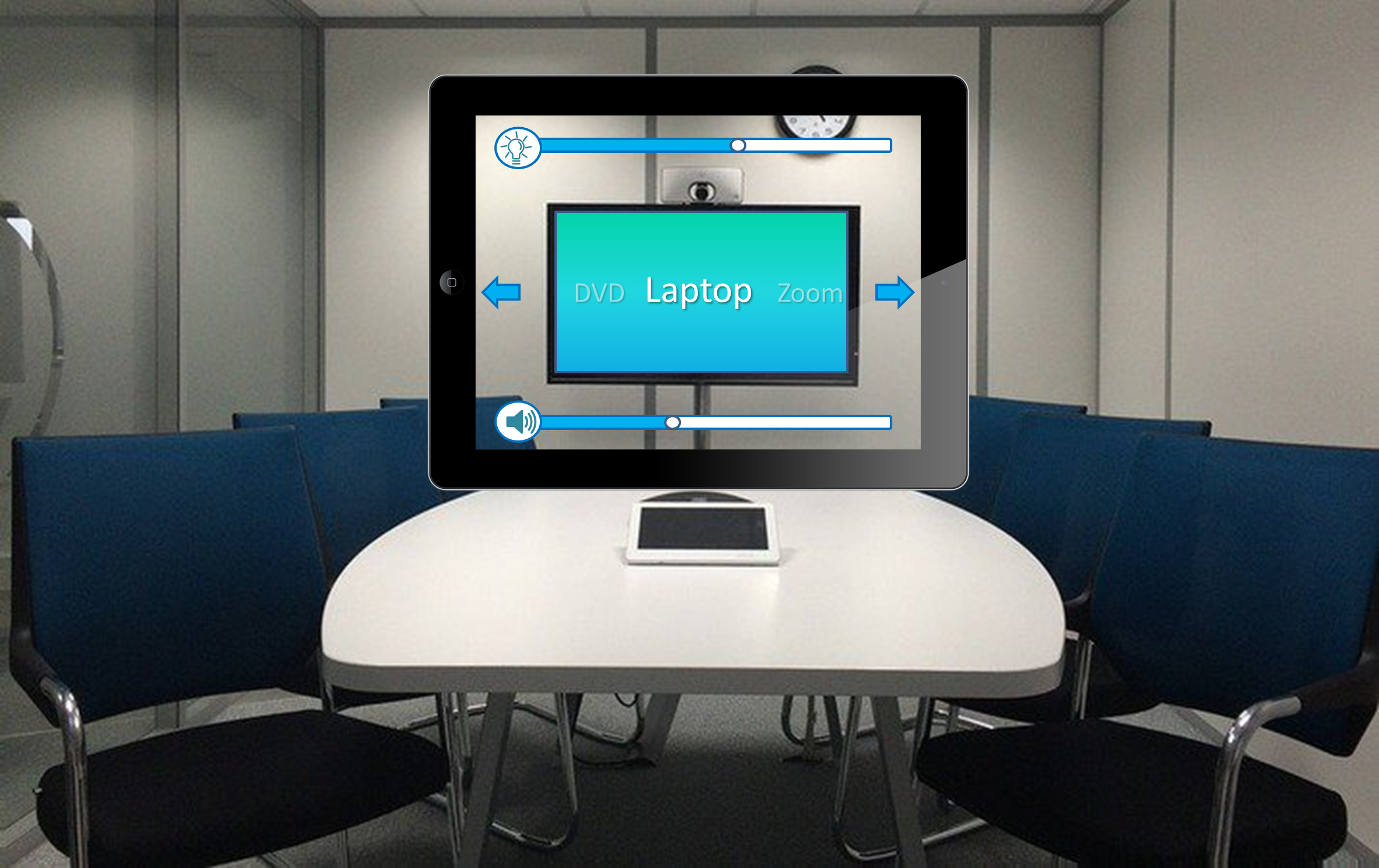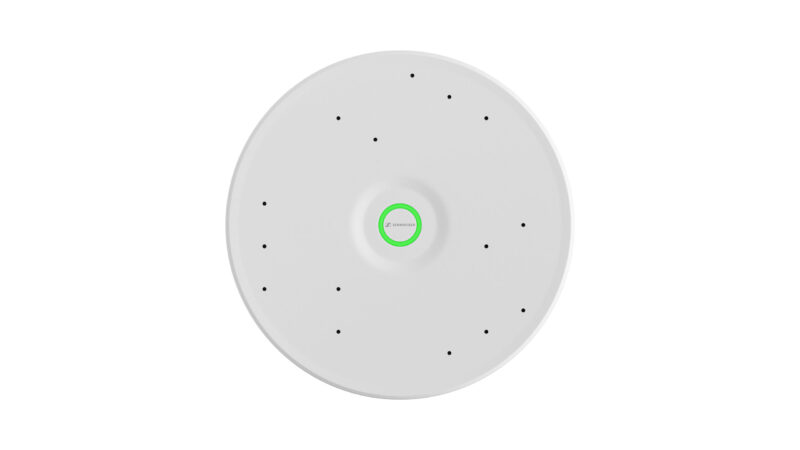InfoComm’s Most Wanted
InfoComm 2018 is a month behind us, and over the last few weeks, people have been writing about the trends they saw at the show. We’ve seen blogs discussing increasing end-user attendance as well as several people’s lists of their favorite products or the ones they saw to be the most innovative or disruptive. There have also been hundreds of manufacturer interviews and booth tour videos from the show as well.
What I haven’t seen though, is any real discussion on what was missing. It may seem odd to some to strike up a conversation about things that don’t exist, but if you’ve read any of my posts, you already know that I’m about to do it anyway.
So with that, here is my InfoComm’s Most Wanted list that includes products that weren’t on the InfoComm floor in 2018 but that I hope to see in Orlando next year.

Wireless USB
So before any of you start yelling at your laptop screen, yes, I know there are a couple products on the market that extend USB wirelessly. These products typically have a send side connected to the source and then a receiver that connects to the computer or laptop on the other end. From what I’ve seen, they work well for most HID peripherals like mice or touchscreens and are less reliable when it comes to wireless video transmission. I’m looking for a step forward from this arrangement.
If you think about the conference room or huddle space, typically a user has to come in, set down their laptop and connect to the in-room microphones and cameras via a USB connection at the table. Then, if they are sharing content, they are connecting an HDMI cable, a USB dongle or launching an app. With workflows being the most important thing we can improve for end-user adoption, wireless USB would be a true game changer.
A device that connects to a USB camera and mic system and converts that signal to transmit via Wi-Fi or Bluetooth but then presents the signals as USB devices would allow users to enroll these devices in their video conferencing calls without connecting anything additional to their PC. This would further simplify the number of connections and peripherals users have to plug into their laptops, reducing both clutter, but also confusion and support calls.
Universal Control Code
Universal control code is something we’ve always needed as an AV industry but have never been able to make happen. I’m not talking about the code programmers write to create UIs within each of the major control ecosystems out there. That varies from manufacturer to manufacturer, and it would be nice to see them all pick a common language so that programmers can easily move from system to system, but that’s not what I’m getting at here.
I’m talking about a common set of codes that all devices use to trigger their basic functions. Open your universal remote user guide and you’ll see hundreds of codes needed to select the brand of TV, VCR, etc you have in order to control it. In fact, many times there can be multiple codes for the same device, made by the same brand depending on model number.
In the past, if you had multiple devices stacked on one IR port or on a single serial port for devices with the same baud rate, a universal code for “On” or “Play” could’ve triggered all sorts of unintended actions by devices that were never meant to be affected. The multitude of codes, though tedious, was essential.
Today, however, in the world of networked AV, where every new device has an IP address and a MAC address, that is no longer the case. Today, it’s possible to create universal codes for On, Off, Play, Pause, Enter, etc. because the code is being spent specifically to the unique address of the device it is intended to control.
I’m not much interested in the excuses I hear on this about how it will never happen because of Political Reason A or Cultural Rivalry B. It’s time to make this a reality, create a universal set of command codes and lobby the hell out of manufacturers to use them or chance being removed from consideration.
(I did see some press about Aurora MultiMedia’s ReAx project, but it seemed to fall short of this goal. They were unreachable for comment so I can’t speak to the specifics of their initiative).
Rollable OLED
If you really want to change the landscape of AV installations, large format OLED would definitely do the trick. Last year I explained myriad reasons why projection screens are still relevant in today’s AV installations. Among those were applications where screens drop down in front of windows or glass walls and where video walls just won’t work based on the limitations of the architecture and the room layouts.
Large format rollable OLED would render most of my arguments in that article moot.
If you can take a 100-150″ diagonal piece of OLED film, roll it up in a box and drop it down from the ceiling just like a retractable projection screen, the two-piece projection market would take a huge hit. We would effectively have the love child of a large flat panel and a retractable screen, with all the advantages of both. Deep blacks, high contrast, bright colors and little susceptibility to ambient light in a single piece, retractable package.
(Make that in a wallpaper version you can roll out on the wall for fixed screens as well, and the game changes even more because now you hit the video wall and direct view LED markets as well.)
Considering I’ve been hearing about OLED since 2004, I doubt we’ll make this leap by next year, but I’d love to see someone try.
New Laser Projection Materials
This is probably the most theoretical request on the list, so I’ll start by saying I don’t understand all the particulars. That being said, some time back I had Bill Beck, “The Laser Guy,” on one of my podcasts. During that podcast, he mentioned that because RGB laser projectors can lock in their primary color values, there was the potential to create new materials that only reflect the spectrum projected onto the screen and reject all other light.
In the world of bulbs, where the properties of the bulb change over time, this was never a possibility and screens had to be able to reflect much wider spectrums, but true RGB laser projectors work on three or six primary colors, and those values can be locked in.
The introduction of screen materials specifically engineered for RGB laser would be an amazing thing to see in the physical realm, outside of the theoretical suggestion.
The AR UI
My final wish for InfoComm 2019 is for someone to introduce a true AR user interface. This would be an app-based UI that allows users to simply look at the room through the camera on their device, and as they point their camera at in-room technology, menus would automatically appear giving them options on what they can make each of those devices do.

I’ve promoted this idea a few times on Twitter and no one has beat down my door yet to talk to me about it yet, but I still think it would create a new, intuitive way to interact with room systems. In fact, I would argue it would be more intuitive than even voice control because the AR interface would visually prompt potential actions, so the user would not have to learn the vocabulary of commands as they would in a voice control scenario.
So there you have it. A list of five things that weren’t at InfoComm 2018 but that I’d love to see next year or in the near future. Even if only one or two of them appeared, they would make a huge impact on our industry and our day to day installations.
Now it’s just up to someone to make it happen!




